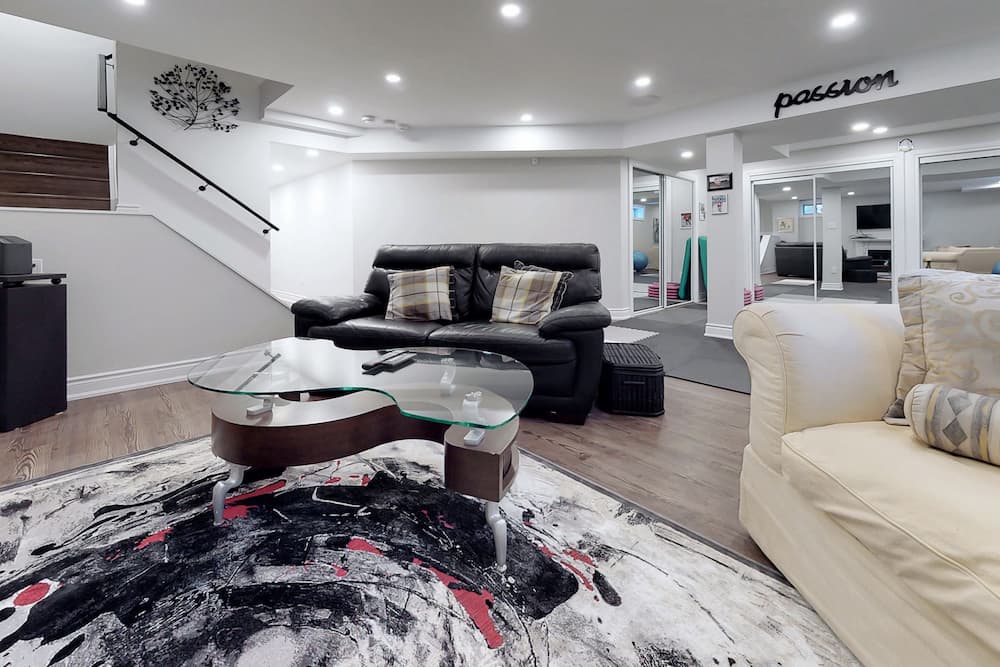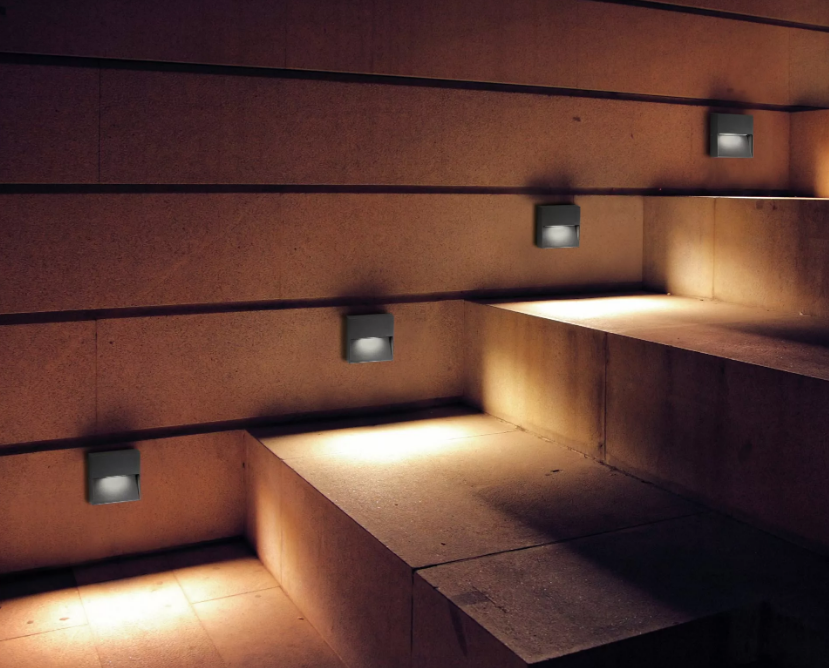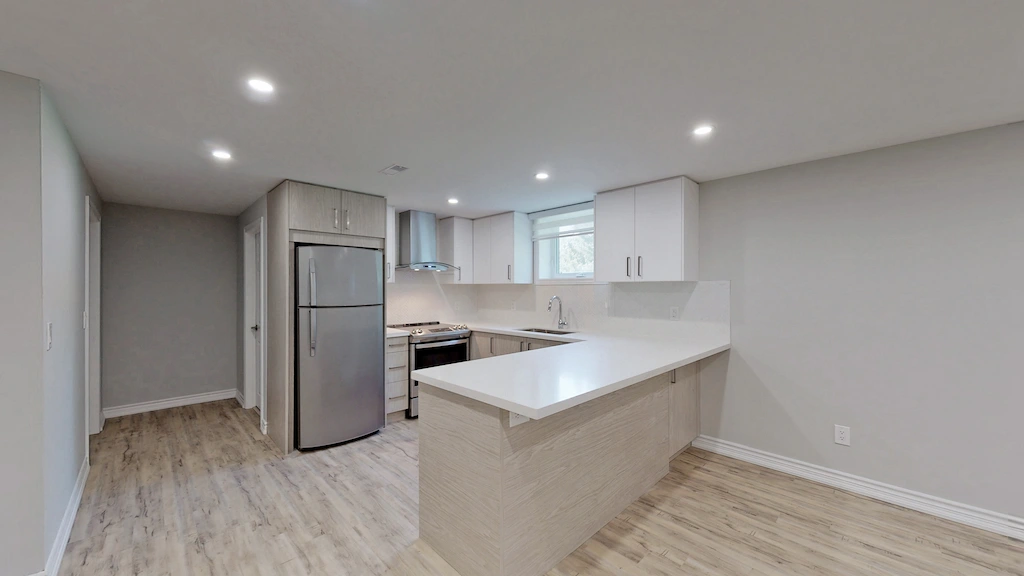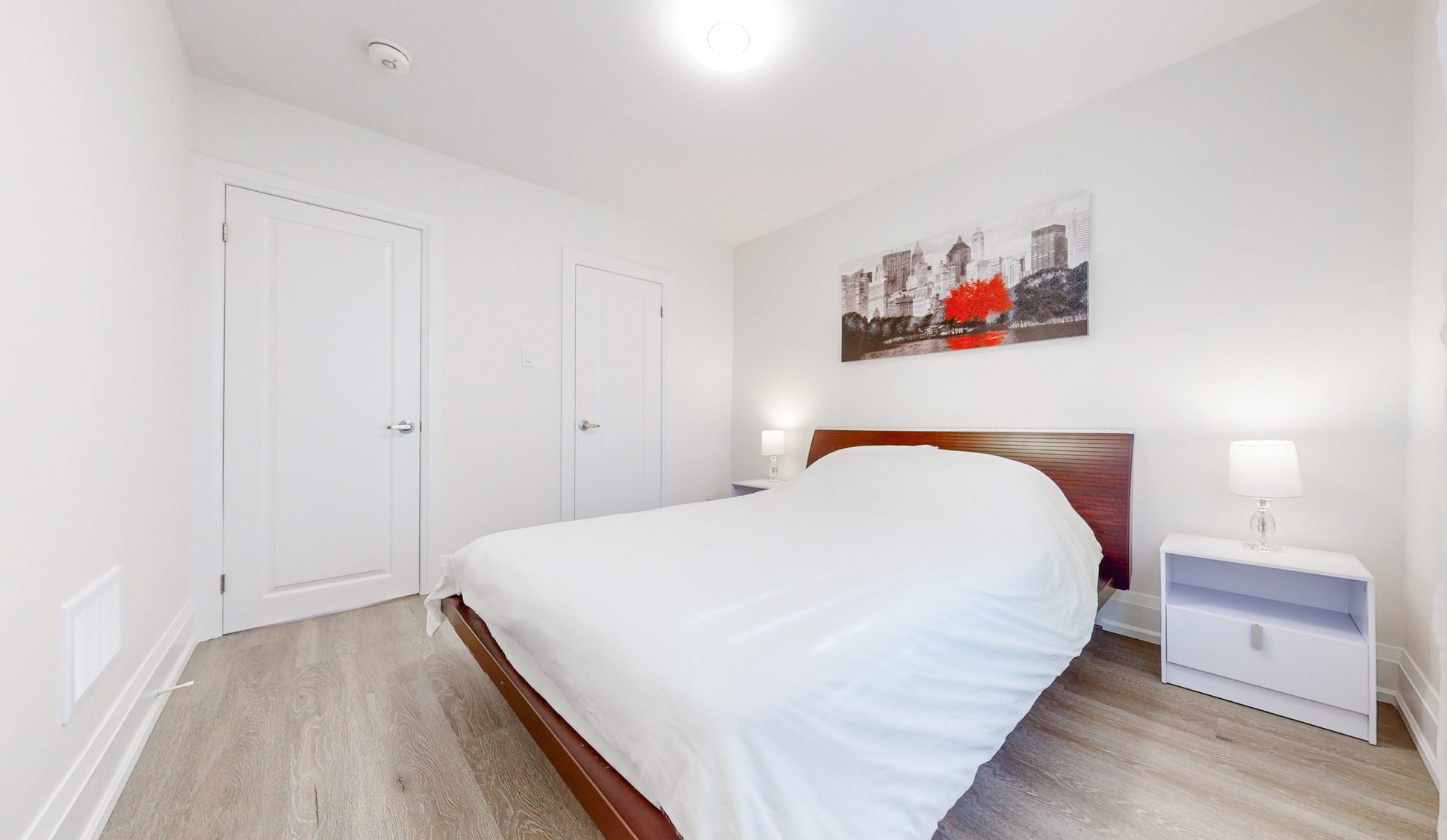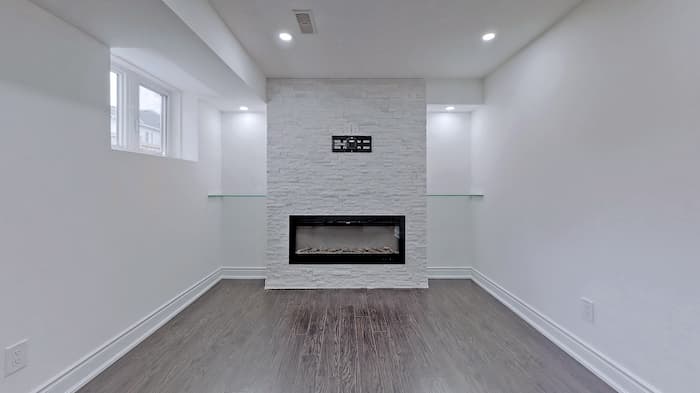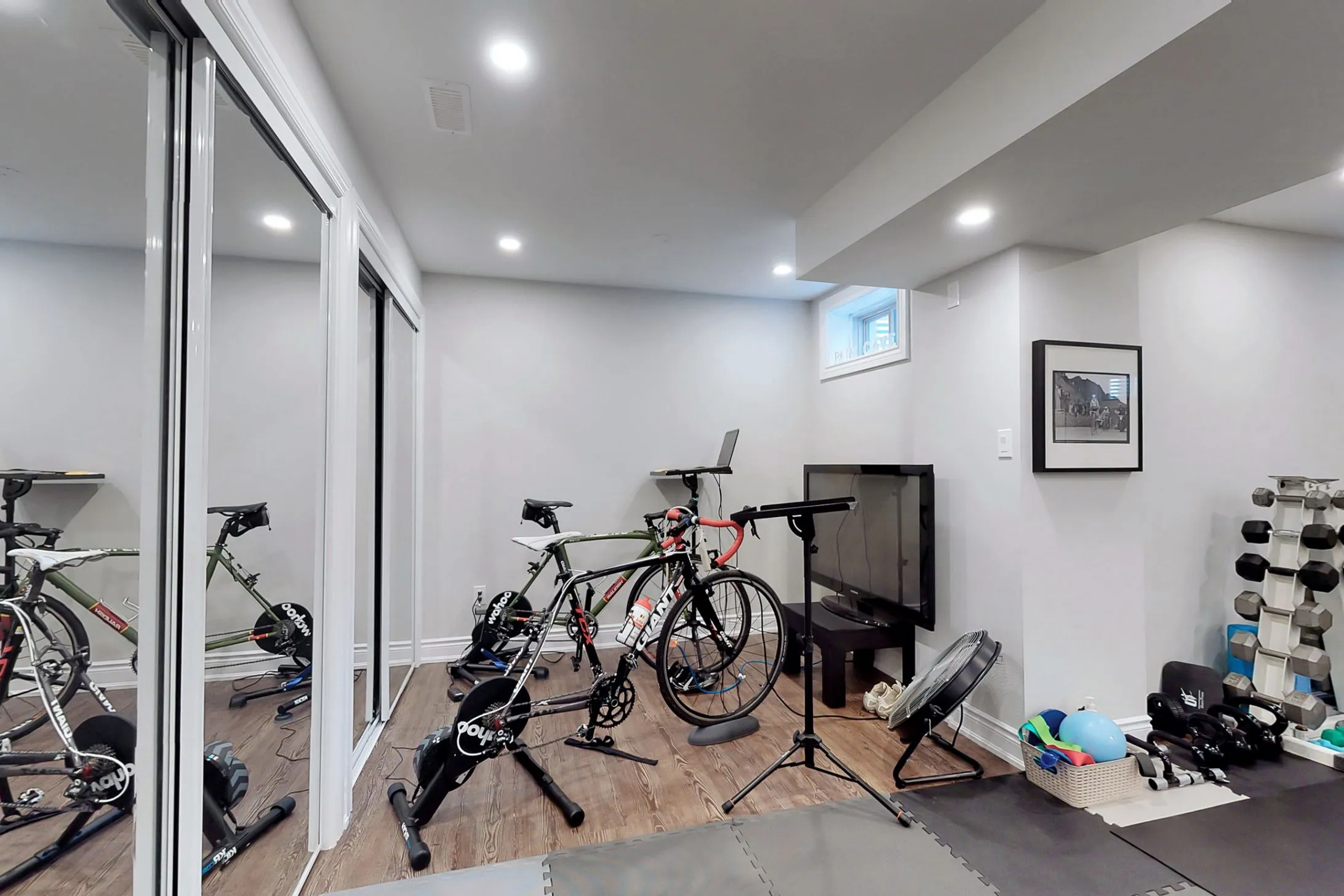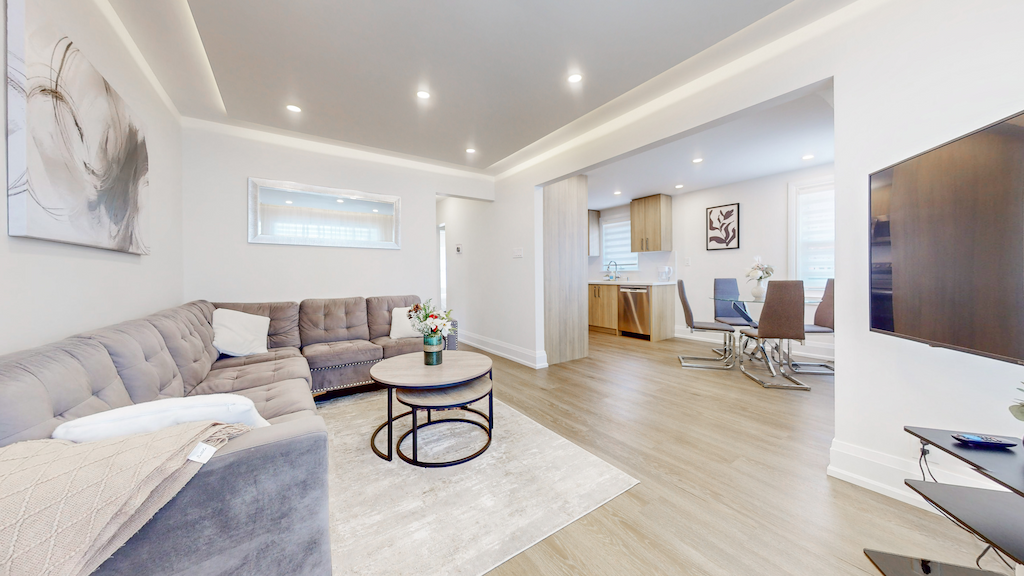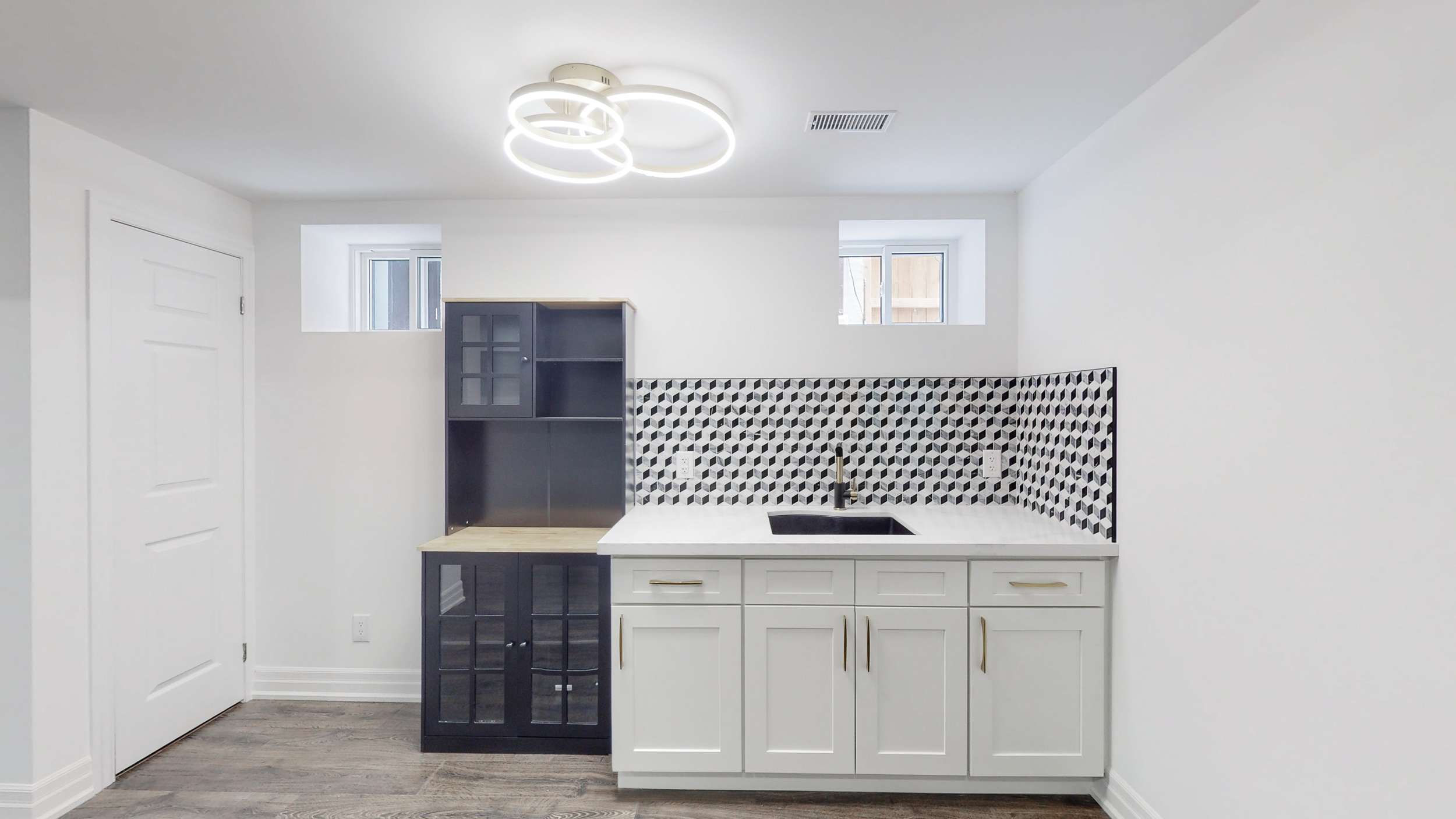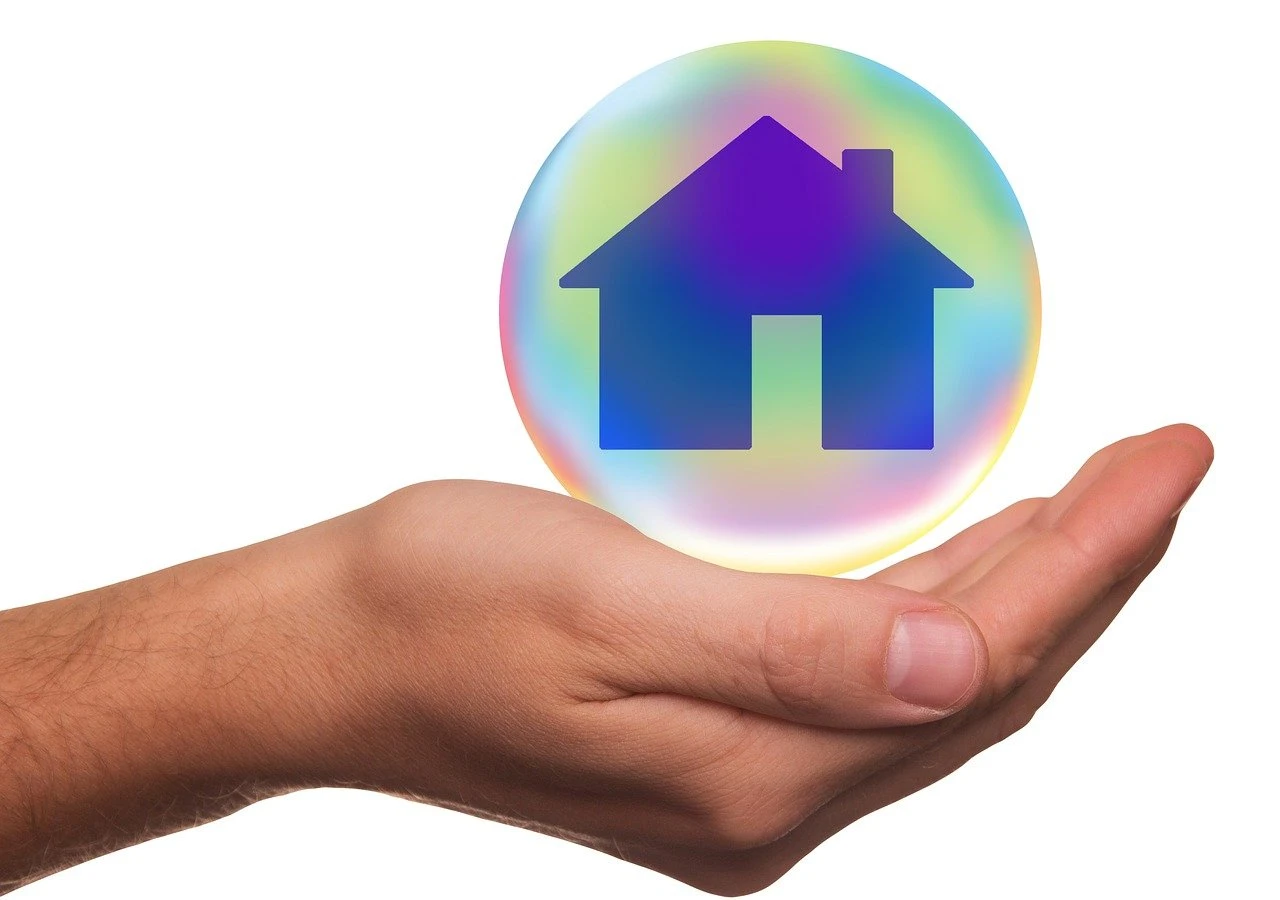Home Renovation Tips and Ideas
Gone are the days when basements were typically used as utility spaces, housing items like a water heaters, furnaces, or air conditioning systems. Some may view the basement as mere additional storage space for the home, but nowadays, it’s become more common to have a fitted-out basement designed for living space.
The basement is that part of the house from which you can create an exciting and cozy room with proper imagination. And not the last role, in this case, will play the lighting: artificial or natural. Natural light is the most pleasant option. But having a spacious basement with no windows to illuminate the basement with natural light, you do not want to turn it into a dark and uncomfortable dungeon. That is why you should think about installing artificial lighting. Basement rooms belong to a special group of rooms, for which there are peculiarities and rules of installation of wiring and lighting fixtures. When laying lighting in the basement is not worth saving on the purchase of quality lighting, protection and emergency shutdown devices, reliable cables and wiring, as well as their professional installation.
As the owner of CSG Renovation, which is a Toronto-based renovation company, together with my team, we have 10 years plus experience in helping homeowners transform their basements into functional spaces. Among the most requested upgrades is a walkout basement, which opens directly to the outside at ground level through a full-size door.
The reason why walkout basement is highly sought by homeowners in Toronto is that they increase livable square footage of a home, add natural light, and unlock potential for more income generation by allowing for legal rental suites. This blog post will walk you through how to build a walkout basement from your existing home, cover what a walkout basement is, whether it’s possible to add one to your home, the process involved, costs, ROI, and the expected key walkout basement problems and challenges.
Basement humidity is a common issue during Toronto summers because the city has a warm, humid climate. Warm air that comes from outside often carries excess moisture into basement environments that are cooler and tends to condense on pipes, walls, and even floors. Without adequate dehumidification, the moisture builds up quickly, further increasing humidity levels.
An unfinished basement is prone to water damage and can quickly turn ugly and smell funky due to the presence of molds. Also, the unused space can quickly become a harboring ground for pests and rodents.
Finishing the basement is a foolproof strategy that maintains your home in excellent condition. It also provides extra space and helps homeowners monetize.
And the best of all, real estate experts have proved time and again that basements increase your home’s value! No wonder an increasing number of home buyers take a keen interest in houses that boast functional basements.
So, how much value does a finished basement add?
On average, setting up a basement gym may cost a minimum of $1500 and a maximum of $7000 or more, depending on the scope of work, materials required, and equipment added. If you apply DIY methods and pocket friendly solutions like creating custom shelving units and installing low pile carpet, the cost may be reduced. In this article, we explore the various realistic and on-budget gym ideas that you can consider to save you some coins.
Claiming home renovations on your taxes in Canada is possible, but only under specific government-approved programs like the Home Accessibility Tax Credit and the Multigenerational Home Renovation Tax Credit. To claim deductions, your renovation project must meet strict requirements (which we will discuss further in this article) and the claim must also be filed correctly with supporting documents.
When it comes to basements, most homeowners want a walk-out basement renovation and it’s only natural. This option increases the value of the home, and the cost of rent if you rent out a basement flat, it’s convenient if you live in the basement yourself.
A legal second suite is an officially recognized, self-contained living space that forms part of a larger property. Adding such a suite to your home is a way to convert basement to rental Toronto or to make more use of your space and provide a living area for friends or family.
Every Canadian has the right to be comfortable in their house. The new regulations of the federal government seek to make homeowners wishing to improve their houses more accessible and supported. New mortgage insurance laws starting January 15, 2025 will let Toronto homeowners refinance insured mortgages to pay for developing supplementary suites like laneway houses, in-law suites, or basement flats.


